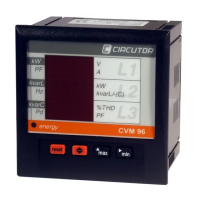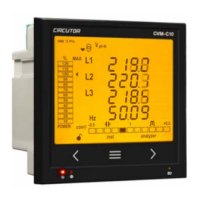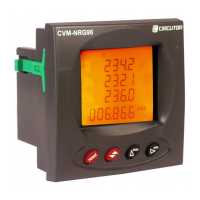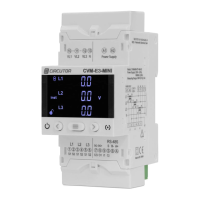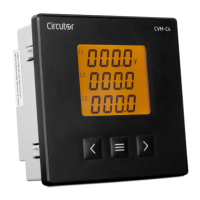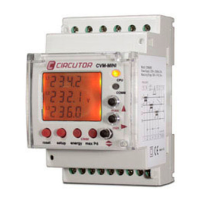Table 65 ( Continuation ) : Modbus memory map: Deleting parameters
Deleting parameters Address Value to be sent
Deleting the alarm logs 0840 0x00FF
Deleting the event logs 0841 0x00FF
Deleting the energy closes 0842 0x00FF
Full deletion 0848 0x00FF
Default setup (50Hz) 0BBC 0x00FF
Default setup (50Hz) 0BBD 0x00FF
Test 2AF8 0x00FF
Expansion module 1 test 2AF9 0x00FF
Expansion module 2 test 2AFA 0x00FF
Expansion module 3 test 2AFB 0x00FF
Expansion module 4 test 2AFC 0x00FF
6.4.- BACnet PROTOCOL
BACnet is a communications protocol for Building Automation and Control NETworks. This
protocol replaces the proprietary communications of each device, making it a set of common
communication rules that enables the complete integration of the building automation and
control devices of different manufacturers.
The unit incorporates BACNet MS/TP communication, following the specications of ANSI/
ASHRAE 135 (ISO 16484-5).
Using a RS485 connection, the analyzer can connect to a BACnet and include all of the
objects and services dened in the attached PICS map (Protocol Implementation Conformance
Statement). (
“6.5.- PICS MAP”)
The default speed is 38400 bps and the MAC is 2 (node number), and can be changed on the
conguration screen or by entering the BaudRate and MAC_Address variables. The identier
(Device_ID) can be changed on the conguration screen using the writing property over the
variable or through the Device_ID variable.
Another option is to overwrite the Object_Name in the Device object:
a) #Baud x – where x can be: 9600, 19200, 38400, 57600, 76800, 115200
b) #MAC x – where x can be: 0 ... 127
c) #ID x – where x can be: 0 ... 4194303
For further information on the protocol: www.bacnet.org
205
Instruction Manual
CVM-B100 - CVM-B150
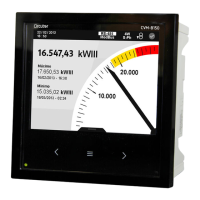
